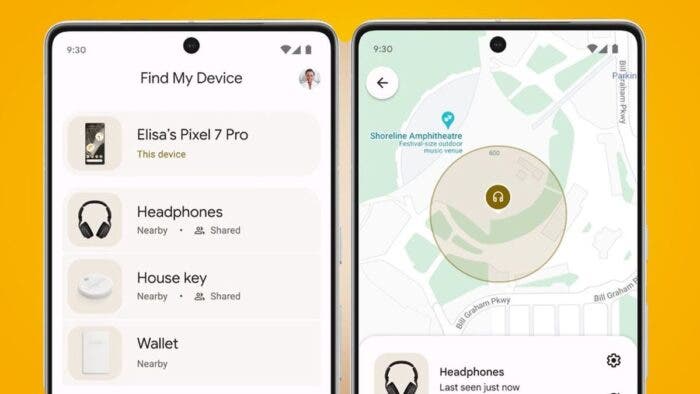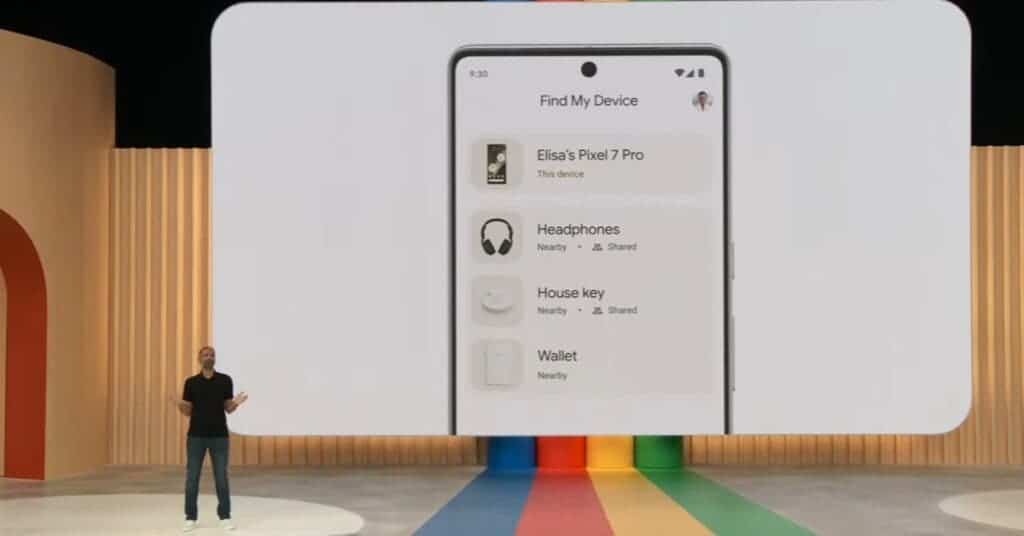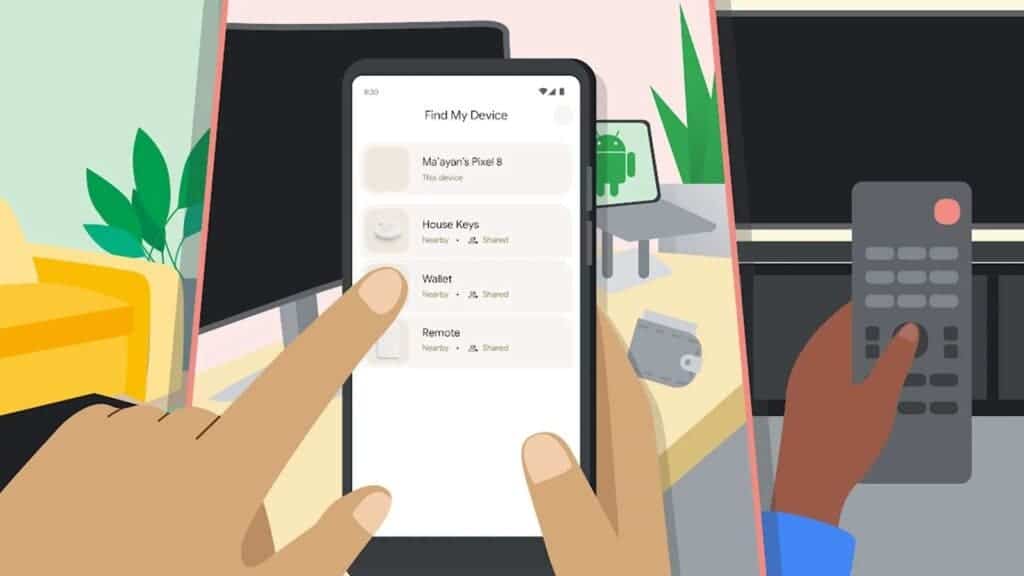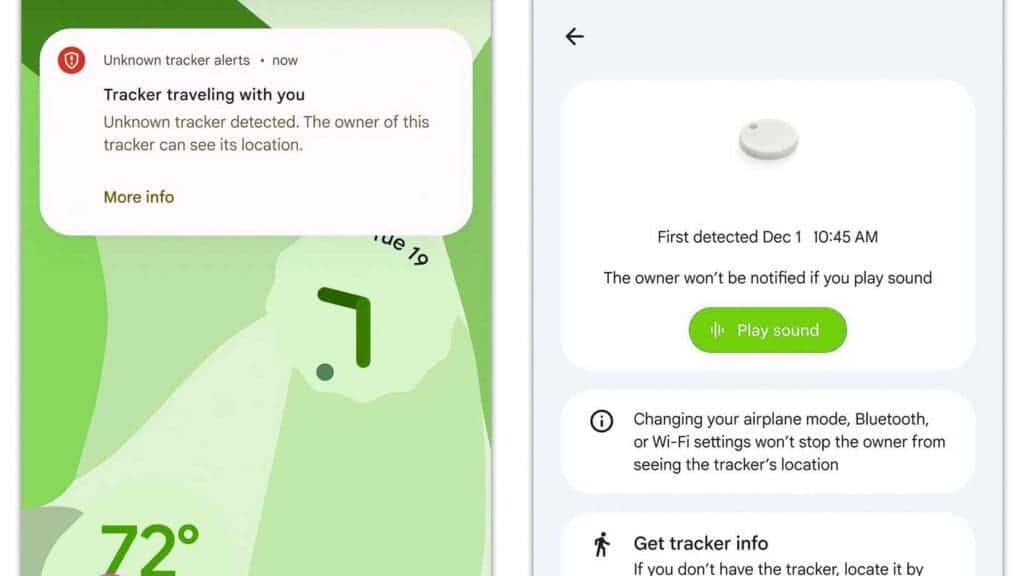GoogleHow To
- How to Use Google Find My Device to Locate Your Android Phone
- Introduction to Google Find My Device
- The New Update: Offline Device Tracking
- Using Google Nest to Locate Devices at Home
- Gizchina News of the week
- How to Perform a Remote Factory Reset
- How to Mark a Device as Lost
- Finding Your Device’s IMEI
- Bluetooth Tracker Compatibility and Google Find My Device
- Privacy and Security
How to Use Google Find My Device to Locate Your Android Phone

Nick Papanikolopoulos
November 17, 2024

Losing a device can disrupt your day and cause significant stress. With Google Find My Device, you have an easy and effective way to locate lost Android smartphones and accessories, offering features like remote locking, ringing, and even erasing data. Here’s a comprehensive guide to everything you need to know about Google Find My Device, from setup to its advanced features.

Introduction to Google Find My Device
Google first introduced the Android Device Manager in 2013 to help users locate lost or stolen Android devices. In 2017, the tool was renamed Google Find My Device, and in 2024, it was expanded with the launch of the Find My Device Network. This update utilizes Bluetooth and crowdsourced data from nearby Android devices to precisely locate lost items linked to your Google account.
The New Update: Offline Device Tracking
Previously, finding a lost Android device required active Location Services and an internet connection. With the new update, even offline or powered-off devices can now be located using the Find My Device Network. This feature is currently exclusive to the Google Pixel 8 and Pixel 9 series. Google is also working with Android manufacturers to expand this functionality, though it requires specific hardware to keep the Bluetooth chip active when the phone is off, meaning budget Android devices may not support it.

Using Google Nest to Locate Devices at Home
Google Find My Device integrates with Google Nest products for home tracking. You can use Nest devices to locate lost items within your home. Requirements include:
- A Google Nest device with Google Assistant.
- An Android phone, tablet, or accessory connected to a Google account, with Find My Device and Wi-Fi or mobile data enabled.
Once set up, you can say, “Hey Google, find my phone” or “ring my headphones”, and Google Assistant will make the device ring, even if it’s in Do Not Disturb mode.
Gizchina News of the week
Join GizChina on Telegram
How to Locate or Ring an Android Device
Read Also: How to Spot a Hacked Android Phone: 5 Tell-Tale Signs
How to Perform a Remote Factory Reset
If your device is stolen, you can protect your personal data by erasing it remotely:
How to Mark a Device as Lost
The Mark as Lost feature allows you to display your contact information on the lock screen of a lost device. When the device is near you, it will automatically be marked as found, and Find My Device will notify you. To use this feature:
Finding Your Device’s IMEI
The IMEI is a unique identifier carriers use to deactivate lost phones. To locate your device’s IMEI:
Bluetooth Tracker Compatibility and Google Find My Device

The Find My Device app supports Bluetooth trackers like Chipolo, including unknown tracker alerts. There are also rumors that Google is developing its own Bluetooth tracker, codenamed Grogu, though no release date has been announced.
Privacy and Security
Google ensures privacy and security with end-to-end encryption for location data and excludes personal identifiers from crowdsourced data. The Unknown Tracker Detection feature is on by default, scanning for devices that might be following you. To check or adjust this setting:
Future Improvements: UWB and AR Integration
Google is planning to enhance Find My Device with Ultra-Wideband (UWB) technology and Augmented Reality (AR) overlays. This integration will allow the phone’s camera to provide precise item tracking, transforming the way Android users locate lost devices.
Disclaimer: We may be compensated by some of the companies whose products we talk about, but our articles and reviews are always our honest opinions. For more details, you can check out our editorial guidelines and learn about how we use affiliate links.